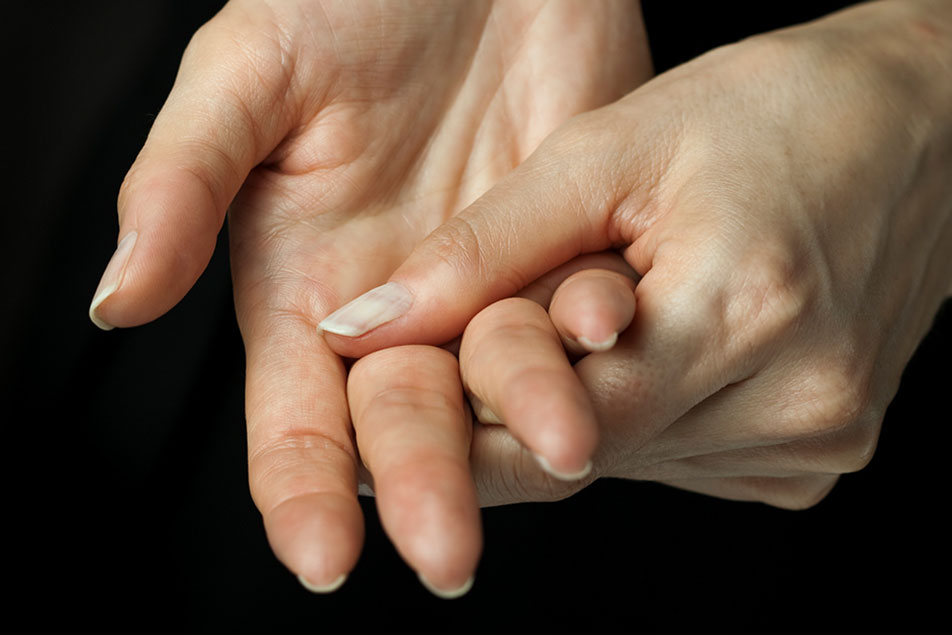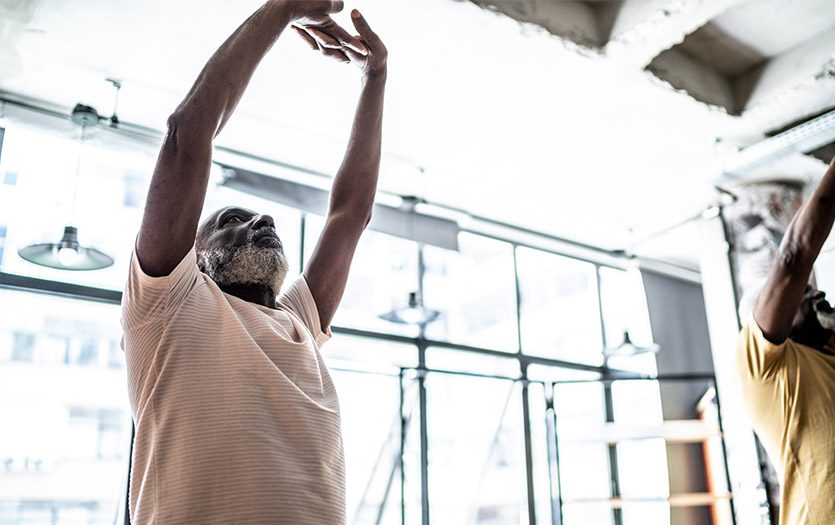Today is National Arthritis Day. We’ve talked in the past about the stages and treatment of osteoarthritis, but what about rheumatoid arthritis? We invited Fahd Saeed, MD, PPG – Rheumatology, to help us get a better understanding of how this condition affects the body, including symptoms and treatment.
What is rheumatoid arthritis?
RA is an autoimmune disease, similar to lupus, meaning our own body is trying to damage our own body. In this case, it affects the bones and joints, causing swelling and redness around bones.
Symptoms.
RA is seen most commonly in the small joints of the hands and feet, often presenting with noticeable swelling. With lupus, we can’t see inside the body, but with RA, we have an advantage because we can look and see the symptoms. The hands and feet may appear bigger and looks like they have water in them, and the patient won’t be able to open or close the joint. They might have swelling in their fingers, making it hard to grip or hold things.
When inflammation happens anywhere in the body, the result is a feeling of stiffness, so the most common presentation of RA is stiffness. When the patient wakes up, they feel stiff because they aren’t using those joints overnight, so after 8 hours of sleep, inflammation sets in. Most patients who come in say they can barely move when they wake up, and once they get moving, blood slowly starts to circulate in the joints and inflammation starts going away, but that inflammation is still there.
Most people with arthritis don’t have RA. We often see, in patients over 60, joints are damaged because of osteoarthritis, but that arthritis doesn’t include inflammation. With osteoarthritis, the patient will only experience swelling when they use joints more, as opposed to RA, where they notice it when they don’t use the joints. Osteoarthritis is often in the knees, hips and back, rather than the hands and feet.
Diagnosing RA.
With RA, the body is attacking and trying to destroy the joints. We can do bloodwork to look for antibodies if we suspect RA. We also look for signs of inflammation and do x-rays of the hands and feet joints to see if there’s damage.
RA has a strong genetic association, so if a patient’s parents or grandparents have it, their chances of being diagnosed with RA are higher. We can test for antibodies but there is no genetic test at this time. If a patient has a family history and suspect they may be experiencing symptoms, we encourage them to come in at an earlier age.
RA is a disease of the middle aged, typically presenting around 20-40. Because RA is an autoimmune disease, it can also involve other organs, like the brain, lungs and heart.
Treatment.
Because, with autoimmune disorders, the body is trying to destroy its own body, we are trying to suppress the immune system to treat it. We do this through immunosuppressant medications. People often think we’re giving medication to destroy their immune system, but we’re not. We’re suppressing it. Suppressing allows us to take out the excess and bring things back to normal.
There are so many options. We pick the right medication based on how advanced the disease is, how bad the joints look, etc. In last 15 years there’s been a lot of new research around RA, resulting in new biologic medications. Biologic medications are manufactured in labs, so they are something from a mouse or human and manufactures that molecule to destroy antibodies.
Handling flair ups.
Even people on medications can have flair ups, up to 3-4 times in any given year. We can’t predict them. They come on when the body experiences any physical or psychological stress. This could be from excessive gardening or taking a hiking trip, or working through a significant loss. The weather is also a big factor. Humidity brings a lot of stress.
We can use medications to get flair ups under control if they’re mild and short, but if flair ups are occurring every other week, that means their medication is not strong enough or the right fit, or the dose needs to be changed. We’ll evaluate what joint is getting involved, how bad it is and then we’ll make adjustments. We can also inject right into the joint when a flair up occurs.




